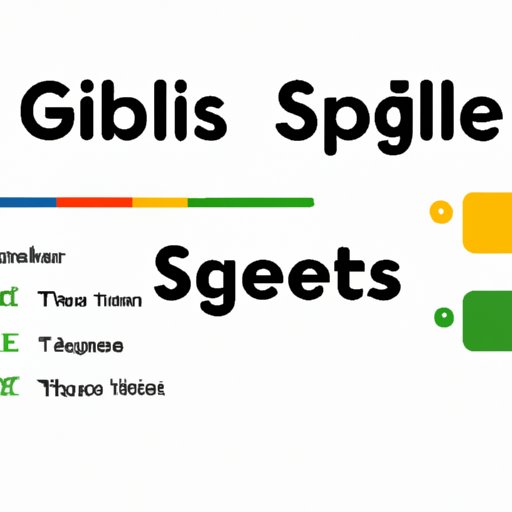
Introduction
Adding video to presentations is an effective way to enhance the overall impact of any presentation. Video is a versatile medium that can help you get your message across in an engaging way. Users of Google Slides often encounter difficulties when adding video to their presentations. The good news is that there are several approaches you can use to solve this problem. In this article, we’ll cover step-by-step tutorials with screenshots, provide expert tips, and offer real-world examples.
Step-by-Step Tutorial with Screenshots
Adding video to Google Slides is a relatively simple process. Follow these steps to add video to your presentation:
1. Open your Google Slides presentation and navigate to the slide where you want to add the video.
2. Click on Insert in the top menu bar.
3. Select Video from the dropdown menu.
4. Choose where to get the video from. You can search YouTube or select “By URL” and paste in a video link. You can also choose to upload a video file from your computer.
5. Once you’ve selected a video, it will appear on your slide. You can resize and move it around as needed.
It’s possible that the video file you are attempting to add will not be supported by Google Slides. In this event, you can convert the file to a compatible format.
Video Tutorial
If you prefer a visual approach, watch the tutorial video below to learn how to add video to Google Slides. The video also includes additional tips and best practices for incorporating video into presentations.
Comparison with Other Presentation Tools
Compared to other presentation tools like Microsoft PowerPoint, adding video to Google Slides is a seamless process. Unlike PowerPoint, Google Slides allows you to directly embed YouTube videos into your presentation, saving you the time and effort of downloading and then uploading the video files.
Expert Tips and Tricks
Effective use of video in presentations requires some know-how. Here are some expert tips and tricks to help you get the most out of your video content:
1. Keep your videos short and concise. Videos that are too long can distract and bore viewers.
2. Use captions and/or subtitles for your videos. This makes your presentation accessible to people with hearing disabilities and people who might not be fluent in your presentation language.
3. Use high-quality videos to ensure your content looks polished and professional.
4. Consider creating shorter video clips for specific points of your presentation instead of using one long video.
Real-world Examples
Here are some examples of successful videos in Google Slides and what makes them so effective:
1. A product demo video that showcases the product’s features and benefits. Including a demo video helps potential customers understand how the product works and what the benefits are.
2. A customer testimonial video that highlights the positive experiences previous customers have had with your product or service. This provides social proof and helps build trust with potential customers.
3. A storytelling video that effectively conveys your message in a relatable way. This can be a powerful way to engage with your audience and create an emotional connection.
Best Practices for Video Creation
When creating videos to include in your Google Slides presentation, keep these best practices in mind:
1. Use a file format supported by Google Slides. The supported formats include MP4, MOV, AVI, WMV, MPEG-2, and webM.
2. Keep the video length short, around 1-3 minutes for best results.
3. Use high-quality videos to ensure that your message is conveyed clearly and professionally.
Use Case Scenarios
Adding video to your presentation can be a smart way to engage your audience. Here are some ways video can be used effectively in different types of presentations:
1. Educational presentations: Use short video clips to illustrate complex topics or concepts.
2. Marketing presentations: Use product demo videos to showcase your product’s features and benefits.
3. Conference presentations: Use customer testimonials to showcase your credibility and trustworthiness.
Conclusion
In conclusion, adding video to your Google Slides presentation doesn’t have to be a hassle. In this article, we’ve covered different approaches to add video to Google Slides, including step-by-step tutorials, expert tips and tricks, and real-world examples. We hope you find these resources helpful and encourage you to experiment with incorporating video into your presentations. Remember, adding video can be a smart way to engage your audience and enhance your overall presentation impact.




